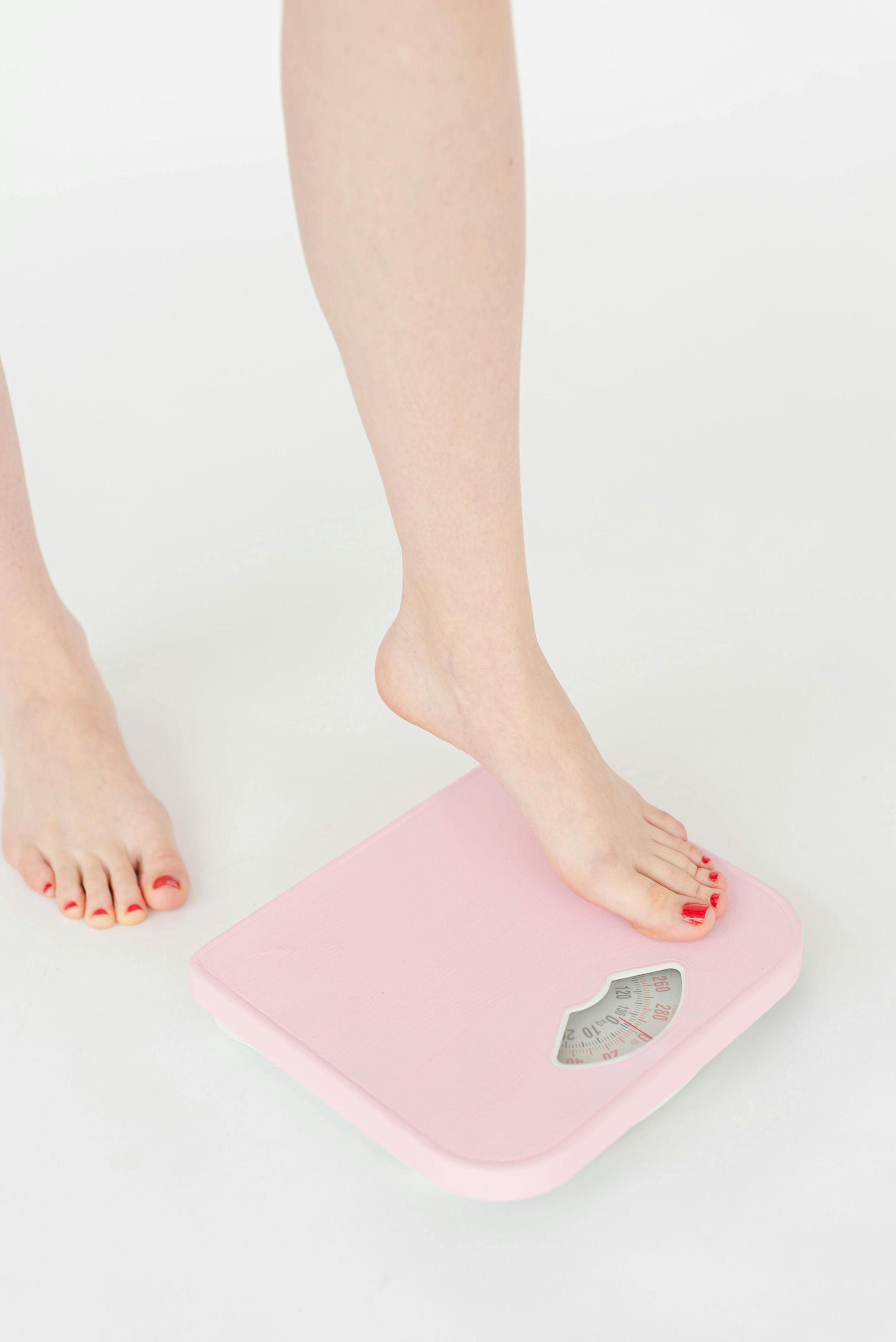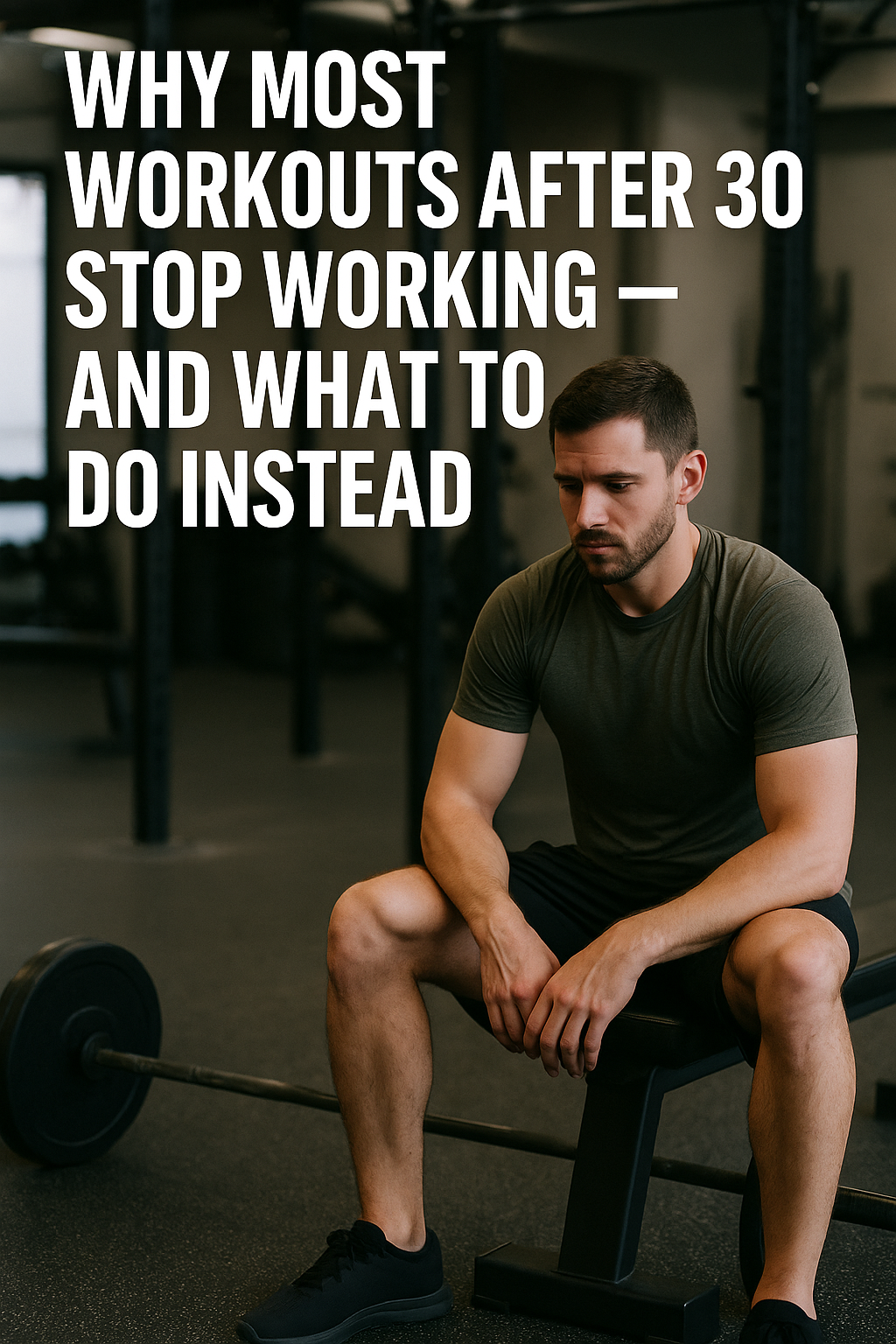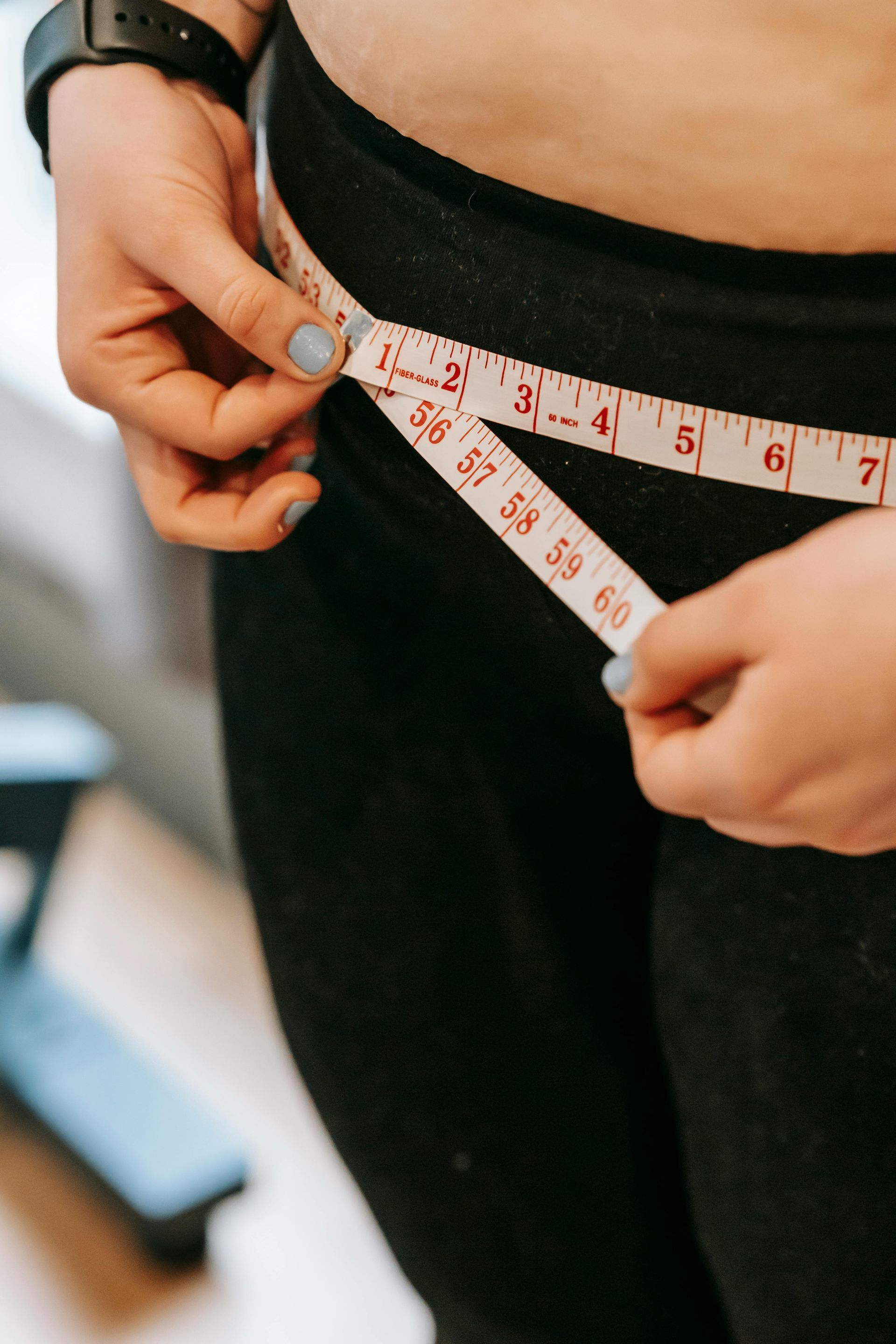Spice Up Your Workout: The Power of Variety
As a personal trainer, I've seen firsthand the importance of variety in a workout routine. It's not just about preventing boredom; it's about optimizing your results and keeping your body challenged. When you consistently perform the same exercises, your body adapts and plateaus. That's why it's crucial to mix things up regularly.
Why Variety Matters:
- Prevents Plateaus: By constantly switching up your routine, you'll continue to shock your muscles, leading to sustained progress.
- Reduces Risk of Injury: Repetitive motions can increase your risk of overuse injuries. Variety helps distribute stress more evenly across your muscles and joints.
- Enhances Mental Focus: New exercises and challenges can keep your mind engaged and motivated.
- Boosts Overall Fitness: A diverse routine targets different muscle groups and energy systems, improving your overall fitness level.
How to Incorporate Variety:
- Switch Up Your Exercises:
- Try new variations of old favorites: For example, instead of traditional squats, experiment with sumo squats or pistol squats.
- Explore different exercise modalities: Incorporate activities like yoga, Pilates, or swimming into your routine.
- Use different equipment: Swap out dumbbells for kettlebells or resistance bands to challenge your muscles in new ways.
- Adjust Your Workout Structure:
- Vary your rep and set schemes: Try higher reps for endurance or lower reps for strength.
- Change the order of your exercises: This can shock your muscles and increase intensity.
- Experiment with different rest periods: Shorter rest periods can increase the metabolic demand of your workout.
- Modify Your Training Split:
- Adjust the frequency of your workouts: Instead of training each muscle group twice a week, try a full-body routine three times a week.
- Change the duration of your workouts: Shorter, more intense workouts can be just as effective as longer, slower ones.
- Incorporate Active Recovery:
- Try low-impact activities like walking, swimming, or yoga: These activities can help reduce muscle soreness and improve flexibility.
- Use foam rollers or massage balls to release tension in your muscles: This can improve blood flow and reduce inflammation.
Remember, the key to a successful workout routine is finding what works best for you. Experiment with different approaches and listen to your body. By incorporating variety into your training, you'll not only achieve your fitness goals but also have more fun along the way.

Every week I hear it: “My metabolism must be broken.” “I’m eating healthy, but the scale won’t move.” “I think my body just doesn’t burn fat anymore.” Here’s the truth 99% of the time, it’s not your metabolism. It’s these three fixable mistakes quietly slowing down your results. 1️⃣ Calories Are Sneaking In You don’t need to count every crumb but awareness matters. The “healthy” extras add up fast: The handful of nuts while cooking A splash of creamer here and there The weekend takeout you tell yourself you’ve “earned” Those bites might not seem like much, but 200–300 hidden calories a day can erase a full week of progress. 👉 Fix it: Track your meals for just 3–5 days. You’ll find at least one easy win to clean up without cutting everything you love. 2️⃣ Protein Is Too Low If you’re constantly hungry or losing strength, this is why. Protein helps you feel full, maintain muscle, and keeps your metabolism stable while you lose fat. Most adults need 0.8–1 gram per pound of bodyweight yet most get less than half of that. 👉 Fix it: Build each meal around a protein source. Eggs or Greek yogurt for breakfast, chicken or fish for lunch, and lean meat or tofu for dinner. Keep it simple and repeatable. 3️⃣ Activity Is Inconsistent You don’t need to train like an athlete you just need to move consistently. Many people crush workouts for a week, then sit 10 hours a day after. Fat loss isn’t just about the gym; it’s about your overall daily movement. 👉 Fix it: Aim for 8,000–10,000 steps a day , 3–4 solid workouts a week, and proper sleep. You’ll burn more, recover better, and actually feel your energy come back. The Bottom Line Your metabolism isn’t broken. It’s adaptive and it responds to your habits. When you fix these three areas, fat loss stops feeling like a fight and starts becoming predictable. 💡 Remember: it’s not about eating less it’s about doing the right things more consistently. Ready to Take the Guesswork Out of Fat Loss? Grab your free 30FIT Jumpstart to learn how to train smarter, eat better, and finally build momentum that lasts. 👉 Get it here

The body content of your post goes here. To edit this text, click on it and delete this default text and start typing your own or paste your own from a different source.We’ve all been there: you step on the scale, see a number you don’t like, and instantly feel like your hard work isn’t paying off. But here’s the truth, that number doesn’t tell the full story of your progress. In fact, if you rely only on your weight, you’re probably selling yourself short. Why the Scale Fluctuates Your body weight can change 2–5 pounds in a single day — and it has nothing to do with fat gain or fat loss. Water retention: Eating more salt, carbs, or even working out hard can cause your body to hold onto water. Digestion: What you ate (or haven’t digested yet) literally shows up on the scale. Hormones & sleep: Stress, lack of sleep, and monthly cycles can all cause the scale to jump. So that “up two pounds overnight” panic? It’s usually just your body doing its thing not real fat gain. What the Scale Misses The number doesn’t measure: Muscle gain (you could be getting stronger while staying the same weight). Fat loss (clothes fitting looser often tells the real story). Body recomposition (losing fat while building muscle at the same time). This is why many people quit too soon they see the scale stall, but underneath, their body is changing in ways the scale can’t capture. What to Track Instead If you want the truth about your progress, start focusing on these metrics: ✅ Progress photos – taken once per week in the same lighting and poses. ✅ Measurements – waist, hips, arms, and thighs show fat loss better than weight alone. ✅ Strength in the gym – adding weight to lifts means you’re building muscle. ✅ Clothes fit – when pants get looser or shirts fit better, that’s real progress. ✅ Energy and confidence – the most important changes don’t come with a number attached. The Bottom Line The scale isn’t useless it’s just one tool in the toolbox. But if you rely on it alone, you’ll miss the bigger picture. Real progress is about how you look, feel, and perform not just what the scale says. 🔥 Want a clear plan to track the right things and finally see results? 👉 Download The 30FIT Jumpstart for FREE

If you’re over 30, life probably feels busier than ever. Between work, family, and trying to have some kind of social life, fitness often takes a back seat. You might find yourself starting strong on a new routine, only to lose momentum a few weeks later. Or maybe you’ve been putting in the effort but aren’t seeing the results you expected. As a coach, I see this all the time with clients who come to me frustrated. The truth is, it’s usually not a lack of effort it’s a few common mistakes that sabotage progress. The good news? Once you recognize them, they’re easy to fix. Mistake #1: Overcomplicating Nutrition The Problem: Most adults over 30 have tried at least one extreme diet—low-carb, keto, fasting, or the latest TikTok trend. The problem? These approaches aren’t sustainable. You might lose weight quickly, but the second life gets busy, you fall off track. The cycle of yo-yo dieting leaves you more frustrated than before. The Fix: Keep it simple. You don’t need to cut out entire food groups or starve yourself. Focus on: Eating enough protein at every meal to support muscle and metabolism. Choosing mostly whole foods : lean meats, vegetables, fruits, healthy fats, and complex carbs. Practicing portion control rather than obsessing over “good” vs. “bad” foods. Think lifestyle, not diet. The goal is consistency over perfection. Mistake #2: Ignoring Strength Training The Problem: A lot of busy adults default to cardio because it feels efficient. You can run, bike, or hop on a treadmill and sweat in 30 minutes. The issue is, cardio-only routines don’t build muscle. Over time, muscle mass naturally declines with age, which means metabolism slows and fat loss gets harder. The Fix: Add strength training into your routine 2–4 times per week. Lifting weights isn’t just about getting stronger; it’s about: Preserving and building muscle. Boosting metabolism (you burn calories even at rest). Improving posture, joint health, and long-term mobility. Creating the lean, toned look most adults actually want. Pair moderate cardio with strength training for the best results. Even short, focused workouts are more effective than endless miles on the treadmill. Mistake #3: Lack of Accountability The Problem: Motivation fades. In your 20s, maybe you had more free time or natural energy. But once work and family responsibilities ramp up, it’s easy to push workouts aside. Most people know what they should be doing—it’s the lack of accountability that causes them to stop doing it. The Fix: Accountability is the secret weapon for busy adults. You need structure and someone (or something) to hold you to your goals. That could mean: Working with a coach who creates your plan and checks in with you. Following a program instead of randomly guessing workouts. Joining a community or having a workout partner to keep you consistent. When someone is expecting you to show up; whether it’s your trainer or a program notification you’re far less likely to skip. Fitness after 30 doesn’t have to be complicated. Stop overcomplicating nutrition, prioritize strength training, and get accountability built into your plan. These small shifts make all the difference in finally breaking out of the cycle of starting and stopping. If you’re ready to skip the guesswork and actually see results, I created the 30FIT Jumpstart just for busy adults like you. It’s a free guide that lays out the exact steps to build momentum, stay consistent, and feel confident again. 👉 Grab your free 30FIT Jumpstart here








